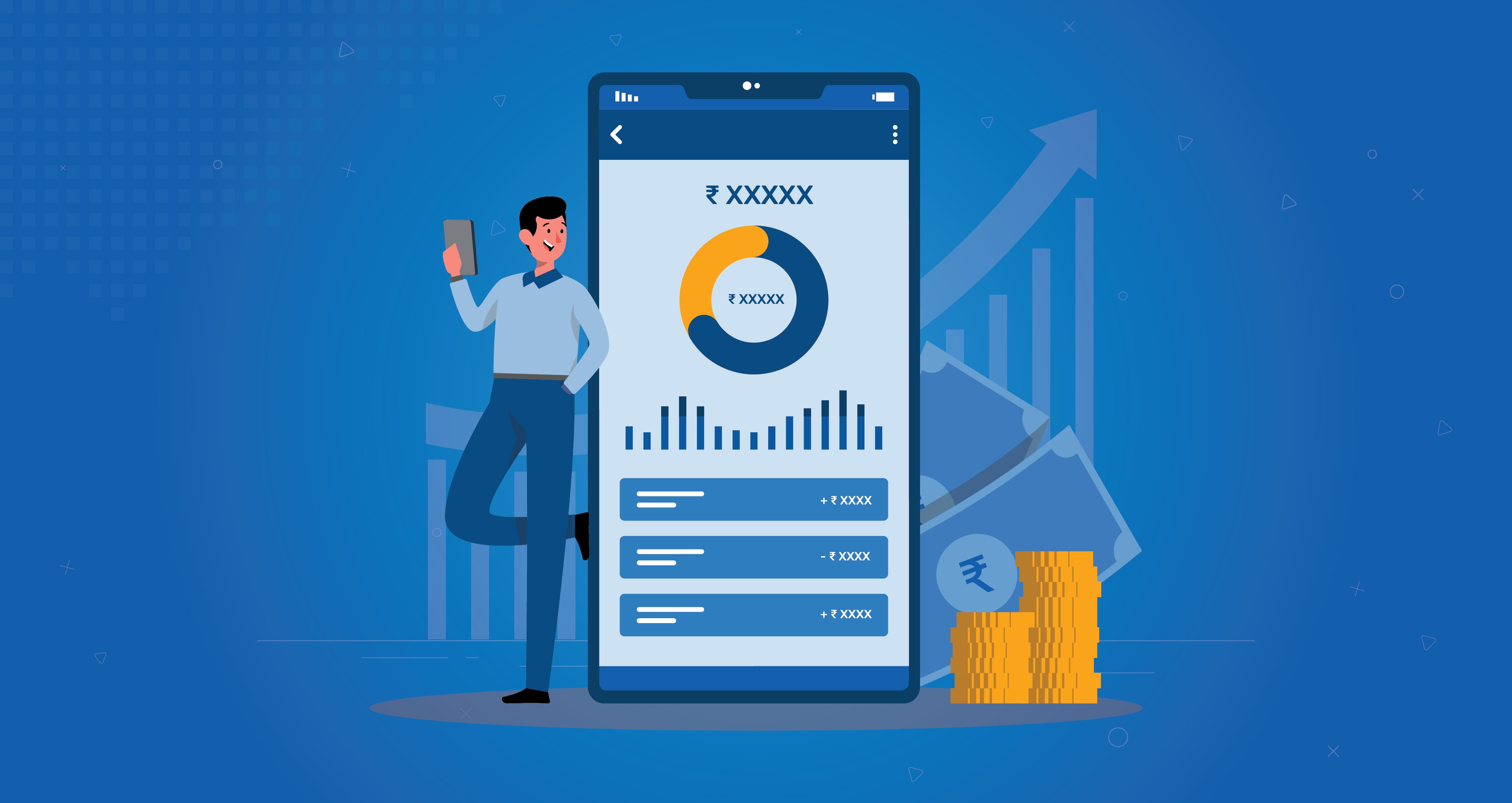Digital Financing: Need of The Hour

Digital financing is the revamped battleground for fintech firms in India, fast becoming our go-to source of lending services. Major fintech players are coming out with newer financial products related to lending, investment, insurance, credit, etc. to tap into more market opportunities, a wider customer base, and basically turn profitable.
Primary Digital Lending Models
Even before the country’s fintech boom, digital lending has existed in India’s BFSI landscape. However, fintech companies have approached this from a unique perspective, with some specific financial models. Each of these have a different USP and revenue structure, and target customer bases with different financial aspirations.
These lending models include:
Buy-Now-Pay-Later,
Peer-to-Peer Lending,
Co-Branded Credit Cards.
Besides these, the traditional financial offerings available on fintech platforms also come with a host of additional advantages, such as a hassle-free application process, minimal documentation, and fast approval, all accessible in a few clicks.
Breakthrough Market Advancements
Participants in the fintech sphere are riding this digital wave to transform their business, innovate their approach to finance, and diversify their offerings, in short, capture a higher market share. Recent technological advancements in Application programming interface (APIs), Cloud, AI, and ML have played a pivotal role in product innovation, elevated customer experience, and value chain digitalisation.
Overall, this has revolutionised the BFSI industry and created new market segments in the online lending space. AI & ML algorithms helped enable accurate risk assessment and personalised customer support. They put the spotlight on customers and their needs while also boosting their digital processes’ security. Lastly, financial applications and digital wallets cemented the pole position of mobile banking across India.
Read More: How Are Fintechs Democratizing Finance?
Government’s Role in Digital Financing
The Central Government’s push on digitalisation spurred the evolution of India’s digital infrastructure across the financial sector. This also helped traditional banks grow their digital financing channels and progress head-to-head with fintech companies. While digital lending still makes up a limited percentage of overall lending business, it is growing at breakneck speed. The Reserve Bank of India (RBI) further levelled the field for the overall digital financing industry, establishing regulations that such businesses have to follow and adapt their financial models accordingly.
On 8th June 2023, the RBI issued fresh guidelines on Default Loss Guarantee (DLG) for digital lending, commonly termed First Loss Default Guarantee (FLDG). FLDG validation presented an opportunity for fintech companies to nurture cooperation and strategic partnerships between Lending Service Providers (LSPs) and Regulated Entities (REs). This further enhanced credit penetration in the BFSI industry, promoted prudent risk management, boosted financial inclusion, and ensured better transparency and innovation among digital lending platforms like Bajaj Markets.
Growth Figures & Projections in Digital Financing
The fintech lending industry is continuing its upward trek with constantly progressing disbursements, which spells a bright future for the sector. Thanks to the various new digital lending startups in India, the sector has noted a Compound Annual Growth Rate (CAGR) of 39.5% across the last 10 years. Investments in India’s digital lending space has exceeded $1 Billion in this period.
As per the latest report from IIFL FinTech, this market value will grow to a substantial $515 Billion by 2030, revealed the latest report by IIFL FinTech. The total book size of Indian digital lending firms is likely to expand from $38.2 Billion as of 2021 to around $515 Billion by 2030. According to the report, this marks a CAGR of 33.5%.
Fintech and its Focus on Digital Lending
When it comes to merchant transaction values, UPI has been much ahead of both credit and debit cards. In May 2023, UPI merchant transactions reached ₹536 Crores, which is a considerable growth from the ₹254 Crores earned last year. Even though UPI has become the primary mode of digital transactions, it has more value as an engagement product than a revenue product due to the zero MDR ruling.
As the zero MDR regime has made it trickier for apps operating in this space to generate revenue, lending has become their primary channel of revenue growth. Despite being a significant source, the insurance distribution revenue and similar segments are not sufficiently profitable on their own for companies operating in the fintech industry.
The leading fintech companies have been experimenting with different models and frameworks despite the intense scrutiny on digital lending employed today. Apart from the revenue growth, the readiness of a lending playbook in India also plays a role in that. According to the State of Indian Fintech Report Q1 2023 by Inc42, by 2030, the digital lending market will grow to $270 billion.
Because of the larger target customer base and growing market demand for credit-led consumption, Indian start-ups are focusing on expanding their opportunities in the area of consumer lending. This is justified since consumer lending has generated almost half of the overall funding for lending tech between 2014 and 2022.
While there is a lot of progress to be made in terms of modifying lending processes and enhancing regulatory measures, digital lending has undoubtedly given an unprecedented boost to consumer lending. Despite various challenges and privacy concerns, digital lending has found widespread acceptance. On Bajaj Markets, you can benefit from a seamless customer-centric experience that offers a paperless process, fast disbursement, wide variety of financial products, and use of technology.
Blog Categories
Enter Your OTP



